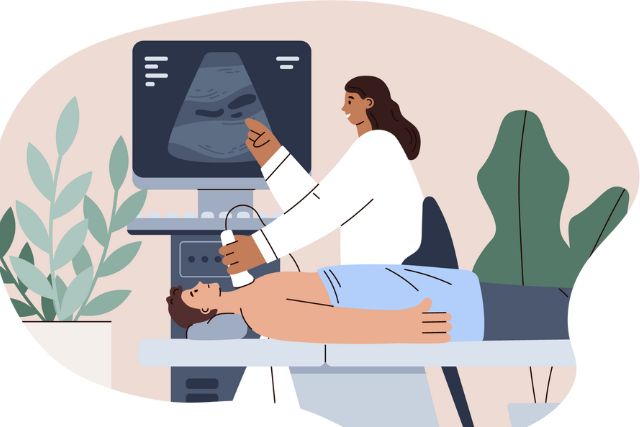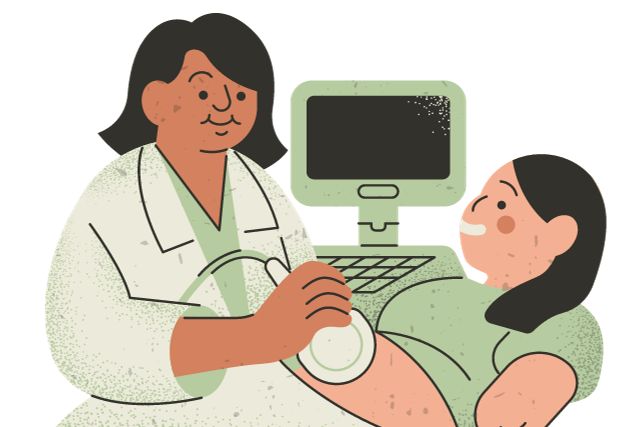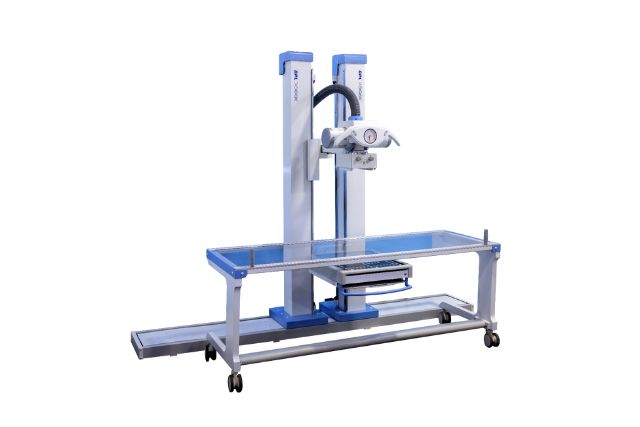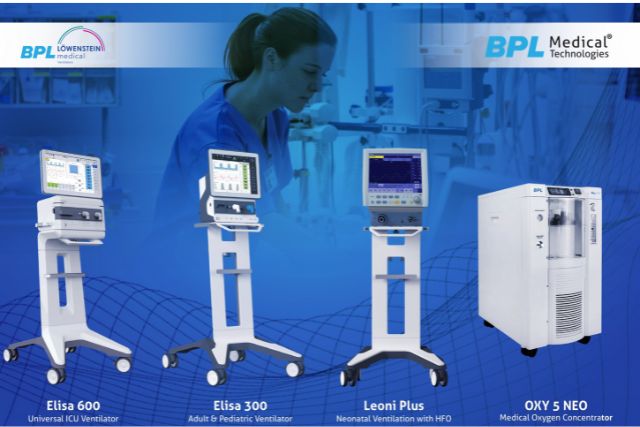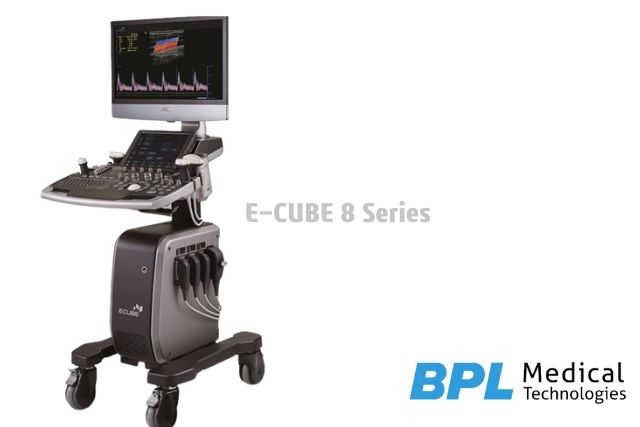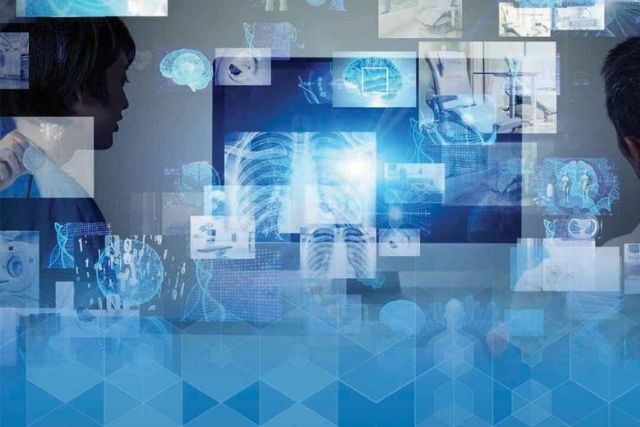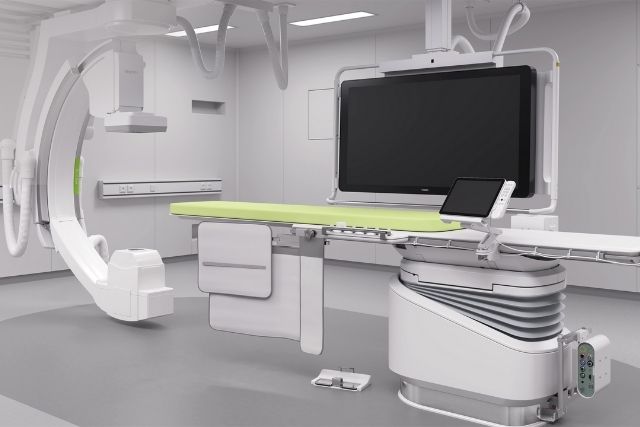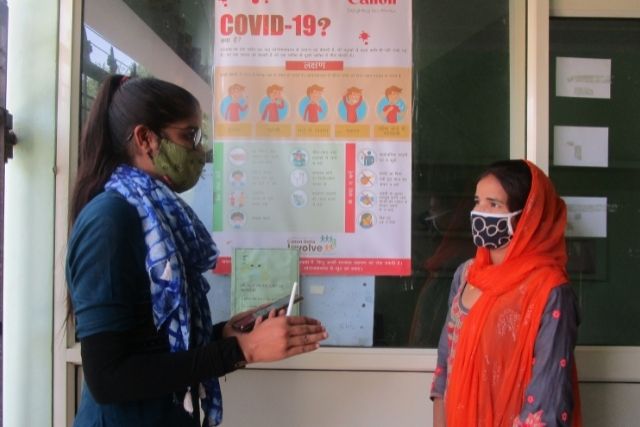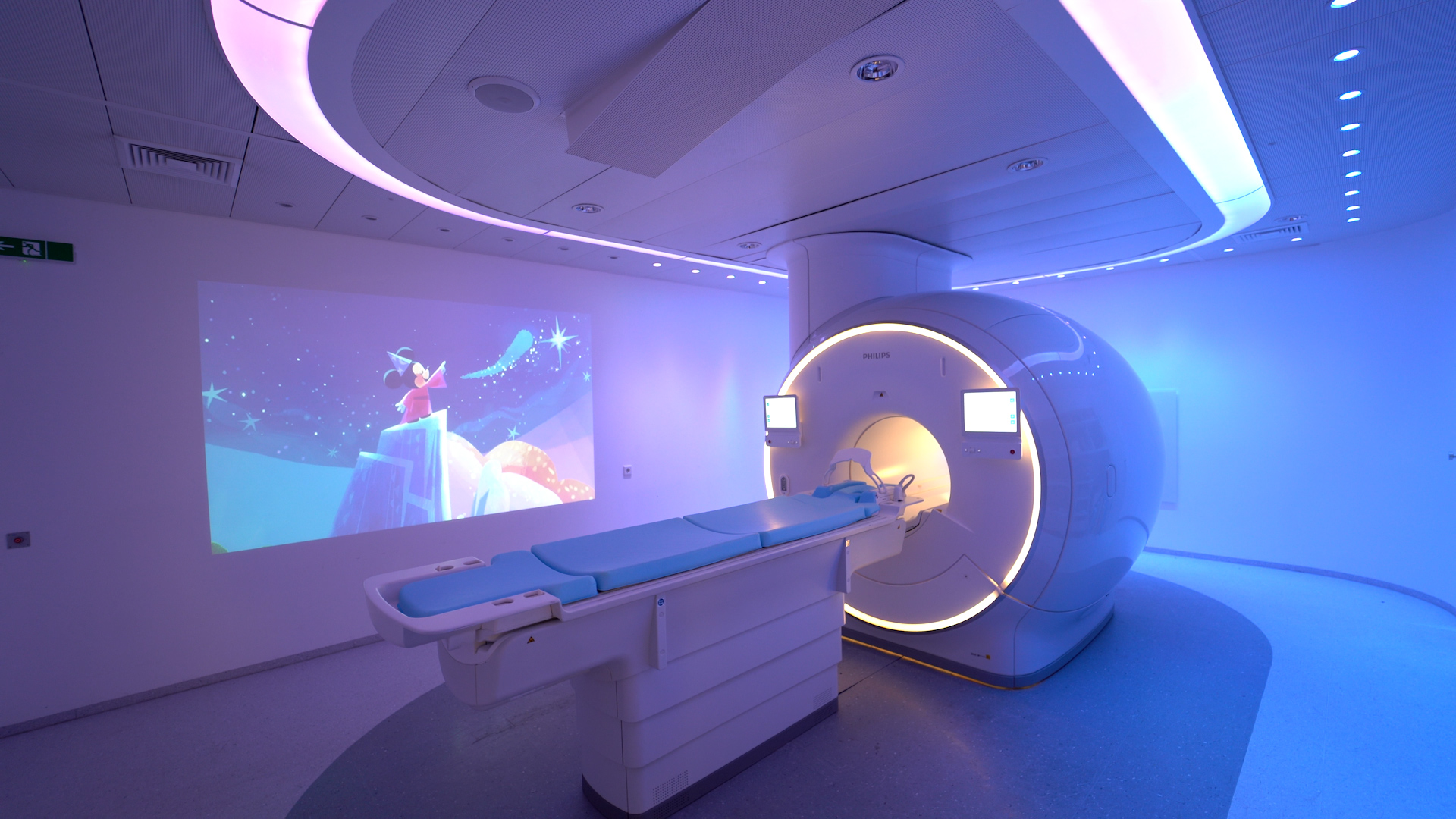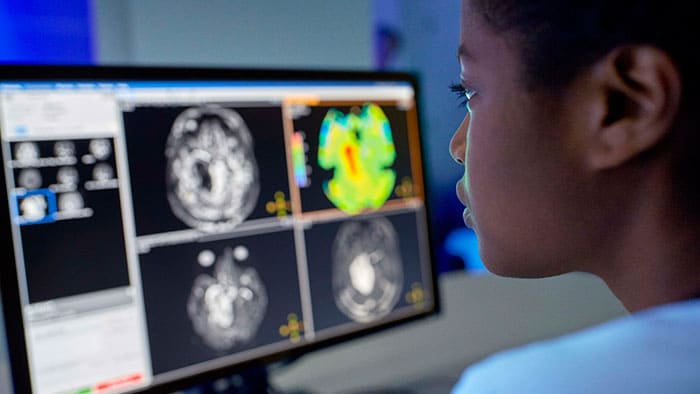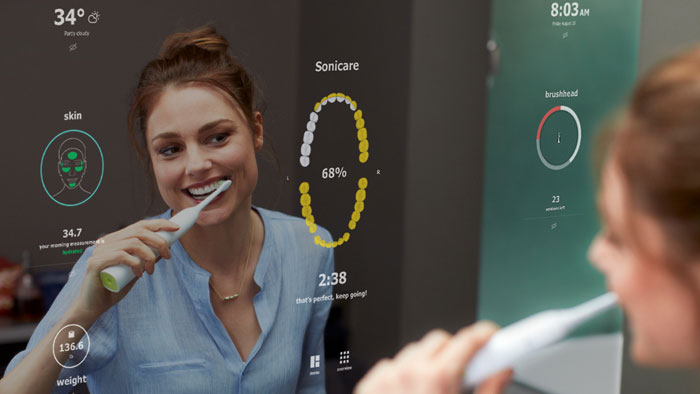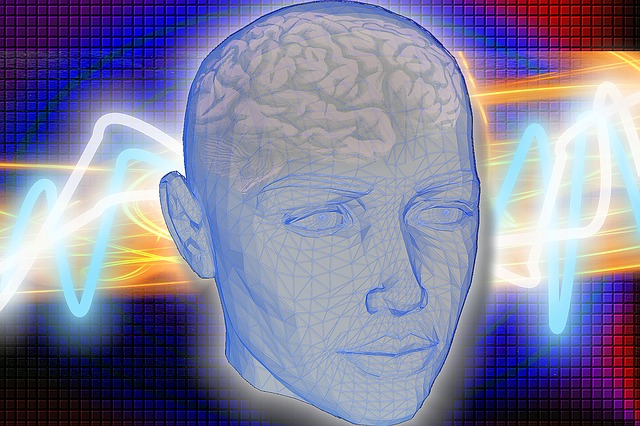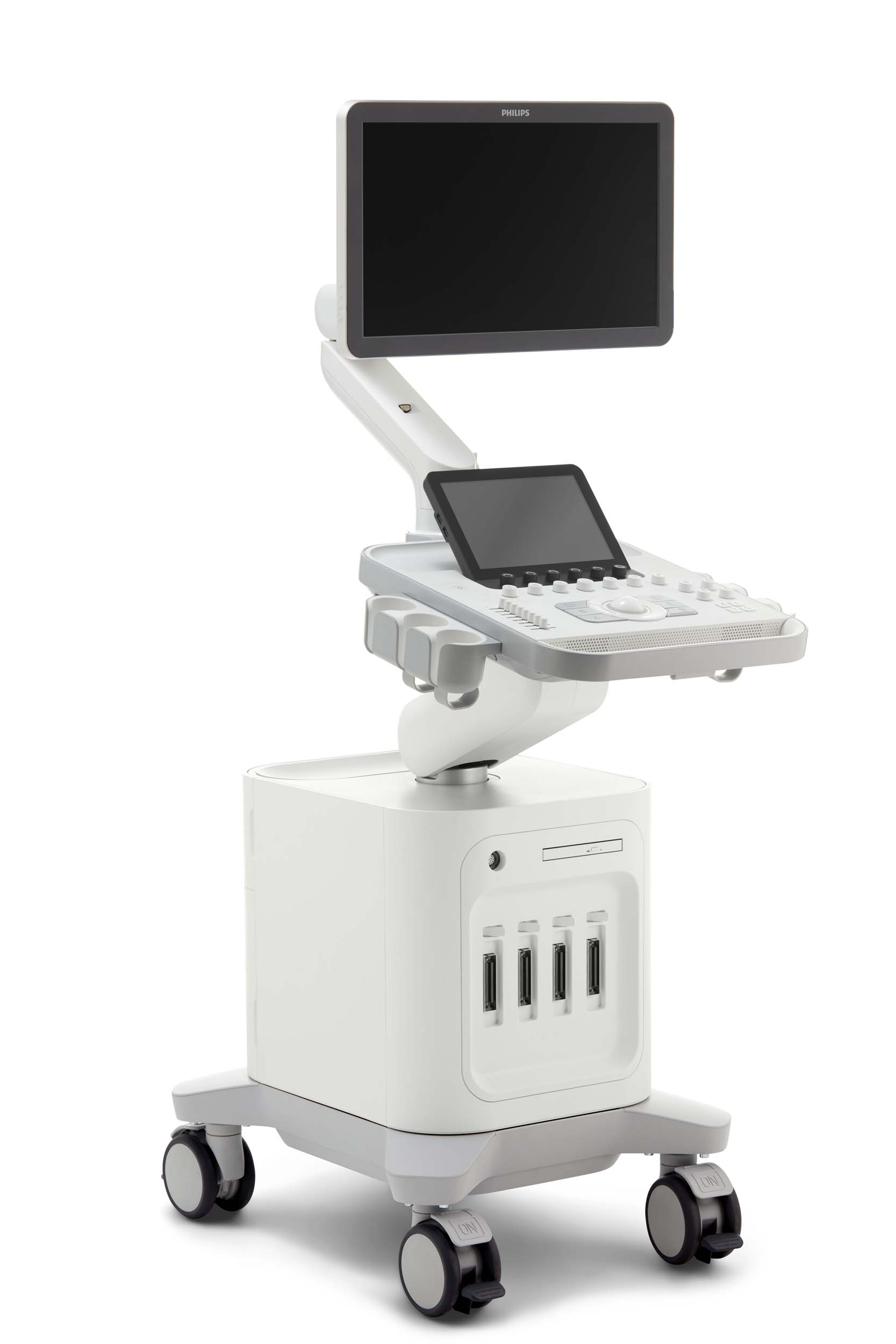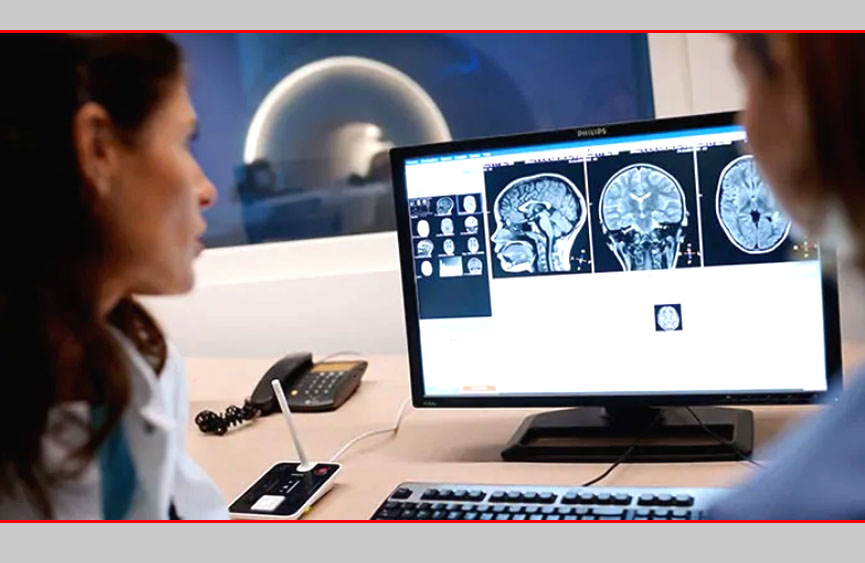Artificial intelligence in radiodiagnosis, sometimes called radiology AI or medical imaging AI, has the potential to significantly advance patient care and completely transform the radiology industry. Here are some benefits and drawbacks of using AI for radiodiagnosis:
Pros:
Increased accuracy:
AI algorithms can analyse medical images with increased accuracy. Radiologists can use AI systems to aid in the detection of abnormalities and the identification of subtle patterns that may be missed by human vision.
Saving time:
AI systems can process medical images in a hurry, presenting radiologists with preliminary conclusions and pointing out areas of potential concern. This can assist speed up the diagnosis and planning stages of treatment, which could ultimately result in patients receiving treatment more quickly and experiencing better outcomes.
Standardization:
The analysis of medical images can be provided by AI algorithms in a uniform and standardised manner. This has the potential to assist reduce variability in radiology interpretations, so guaranteeing that patients receive the same level of treatment regardless of the experience or competence of the radiologist.
Workflow optimisation:
AI can assist in automating routine operations such as image sorting, triaging, and measuring, which are all examples of the types of work that can be optimised through its use. The automation of these duties allows radiologists to devote more of their attention to difficult situations and to spend more time interacting with patients and making decisions.
Teaching and training:
Artificial intelligence has the potential to become a useful tool for teaching and training in the field of radiology. AI algorithms can assist in the identification of teaching cases, the provision of reference images, and the offering of feedback on interpretations, which will ultimately result in an improved learning experience for radiologists and an increase in their overall skill level.
Cons:
A lack of human judgement:
Artificial intelligence algorithms are meant to analyse medical images based on the patterns and data they have been educated on. This can lead to inaccurate diagnoses. Nevertheless, it is possible that they are unable to include clinical context, patient history, or other non-imaging data in their analysis. When it comes to reaching the ultimate diagnosis and choosing a treatment plan, human judgement and professional skill are still essential components.
Limited generalizability:
Artificial intelligence algorithms are often trained and verified on specific datasets, which may not completely represent the diversity of patients and imaging techniques found in real-world clinical practise. This might be a problem because AI algorithms are typically trained and tested on specific datasets. When applied to different populations or imaging modalities, the performance of AI algorithms may change, which may result in potential limitations in their generalizability.
Obstacles in the form of regulations and laws:
The use of AI in radiodiagnosis presents a number of obstacles in the form of regulations and laws. To ensure patient safety, ethical usage of AI, and compliance with regulatory norms, it is necessary to address issues like as the validation of algorithms, the transfer of culpability, and the privacy of data.
Resistance and acceptance:
The use of AI in radiodiagnosis may encounter resistance from healthcare personnel who are concerned about the dependability and trustworthiness of AI systems or who fear that they will lose their jobs if the technology is implemented. In order to overcome these obstacles and obtain general adoption, artificial intelligence in radiology may require substantial education and training, as well as the demonstration of its clinical worth.
Considerations about cost:
The application of AI technology in radiodiagnosis necessitates a large financial investment in infrastructure, the creation of software, and ongoing maintenance. It is necessary to do a thorough analysis of the cost-effectiveness of AI systems in order to guarantee that the prospective advantages will outweigh the financial burdens.
It is essential to keep in mind that the application of AI in radiodiagnosis is still in its infancy as a field, and the benefits and drawbacks discussed above are reflective of the current level of the technology. It is anticipated that the landscape of AI in radiodiagnosis will continue to expand as artificial intelligence (AI) technology advances further and researchers find solutions to the problems that now present.








